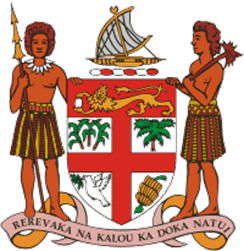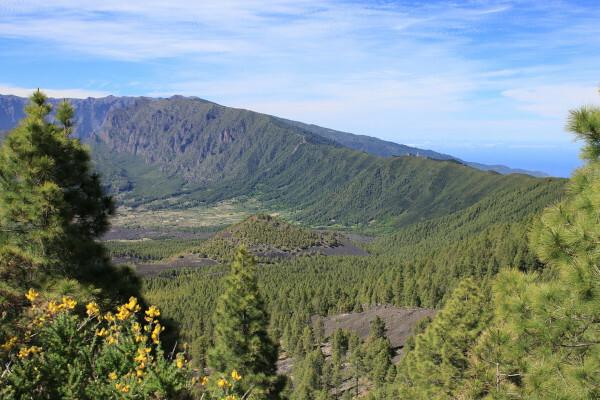The International Date Line (LID) or international date shift line is an imaginary surface trace on the opposite side of the meridian of Greenwich – on the 180º meridian – and which determines the date change. The convention of the opposite meridian to that of Greenwich – 12 hours later – as the mark for the beginning of the day took place in 1884, in a conference that brought together representatives from all over the world.
The last move to adjust locations took place in 2011 for cartographic accommodations in Samoa and Tokelau. This line follows the route of the Sun, rising in the East (it gains a day) and setting to the West (it loses a day).
By establishing the International Date Line, the day first rises in the Russian city of Uelem, Siberia, near the Bering Strait. On the opposite side are New Zealand's Chathan Islands, where the day starts 14 hours later.
Know more: Greenwich Mean Time
LID and the Great Navigations
It was through the expeditions of Ferdinand Magellan, which circled the planet on ship voyages, which took place the first observations in relation to the International Date Line. Inside the ships, sailors were certain of the days because of the markings in the logbooks, but when they docked, they realized that the day was different.
At the time – Fernão de Magalhães lived between 1519 and 1522 – the Vatican considered the prohibition of passage through the LID because it believed that people went back in time. This imaginary “phenomenon” was explored in books by Jules Verne and Umberto Eco.
LID Changes
After the first cartographic convention for the establishment of the line, in 1884, there were several accommodations. Although it mostly follows the 180º meridian - also called the anti-meridian - the Line Date International has been "shifted" in some locations, leaving time differences of up to 14 hours.
Following the Pacific Ocean, in the northern portion, the first diversion occurs in the Bering Strait. Then the Aleutian Islands are diverted – keeping all of Russia and Alaska. When it reaches the South Pacific Ocean, the LID is diverted to the east and holds the New Zealand islands, including also Fiji and Tonga.
In the central portion of the Pacific Ocean, LID was transferred in 1995 to bypass Kiribati. The change that took place in 2011 was intended to ease commercial activities between Australia, New Zealand and Asia. Before that, there was a one-day delay in transactions.


